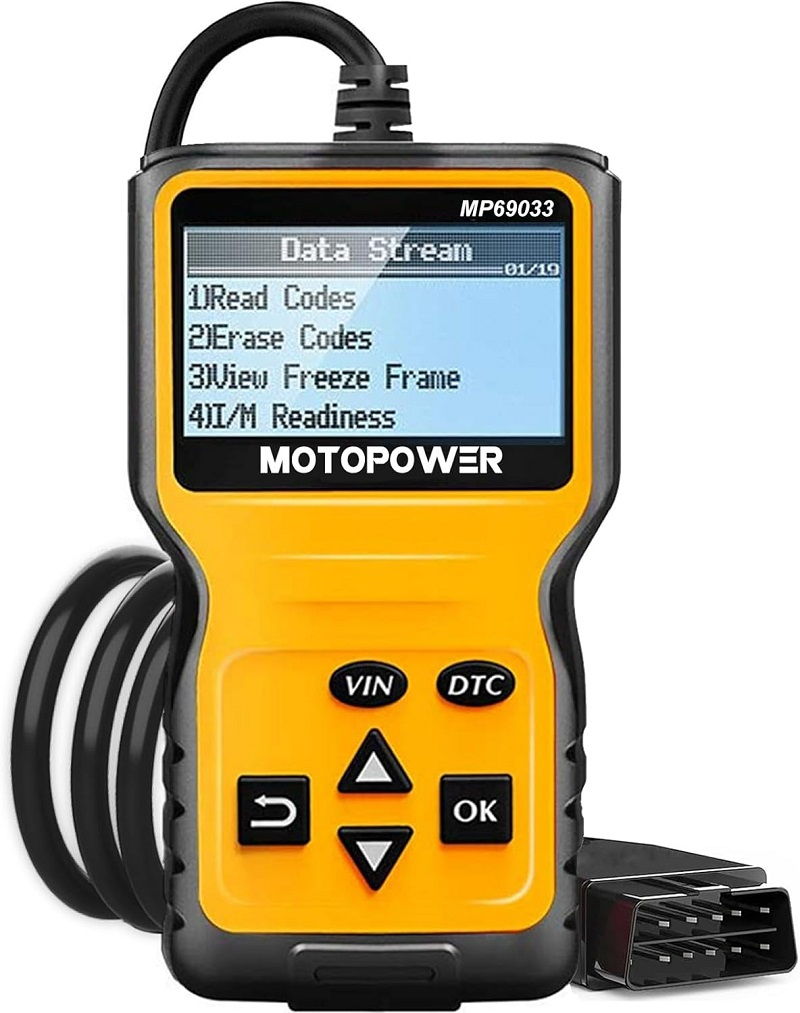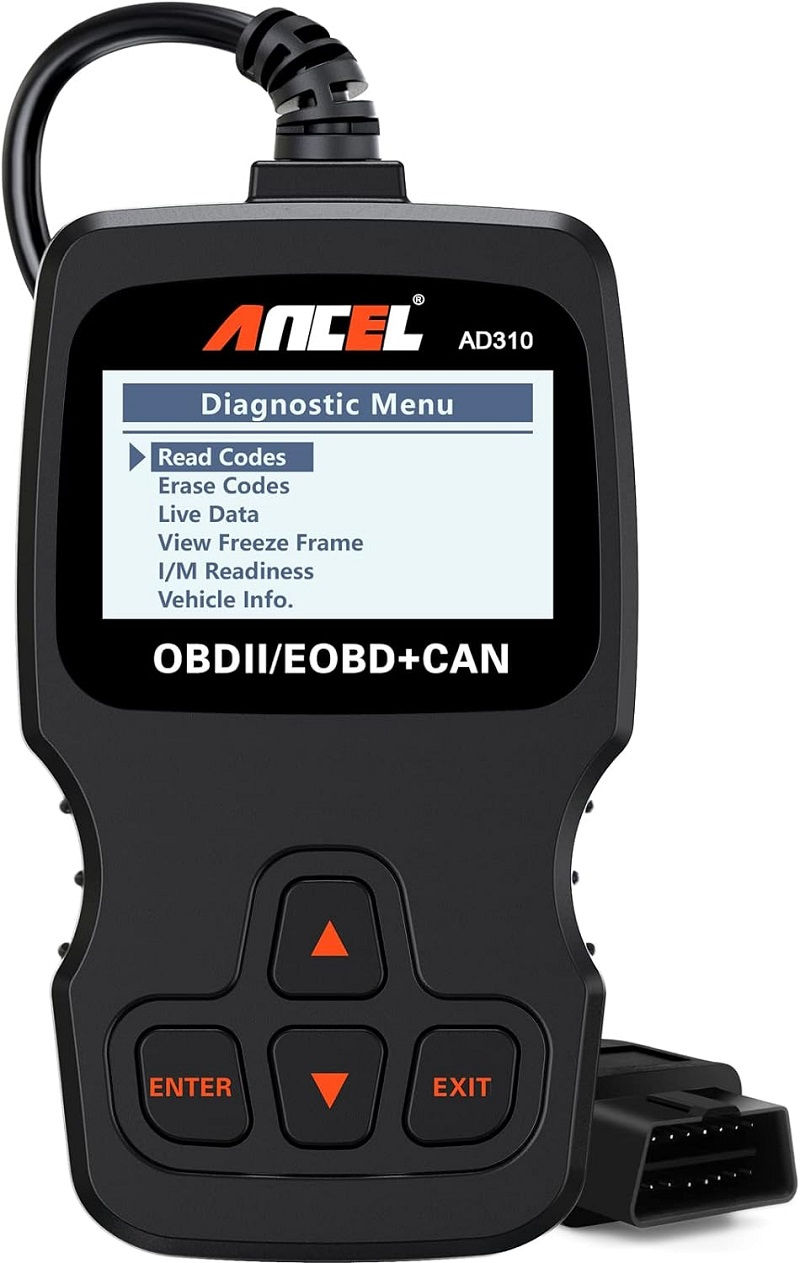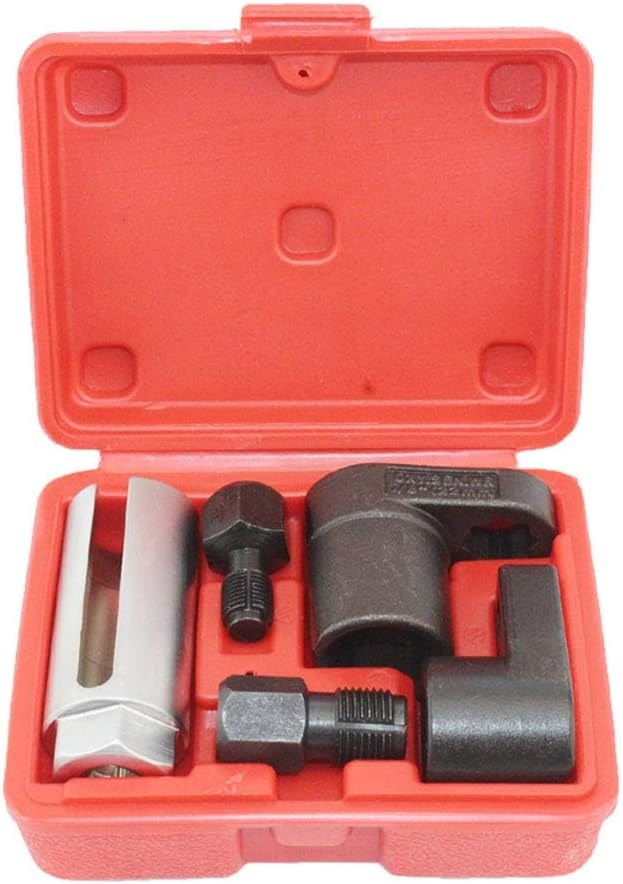This post contains affiliate links. This means I will make a commission at no extra cost to you should you click through and make a purchase [ “As an Amazon Associate, I earn from qualifying purchases.” ]. Read the full disclosure here.
Engine Power Reduced Chevy Cruze GuideMechanic.Com The Chevrolet Cruze is a popular compact car known for its reliability and performance. However, some Chevy Cruze owners may encounter a frustrating issue—a sudden reduction in engine power.
This article aims to provide a comprehensive guide on the possible causes, solutions, and preventive measures related to the “engine power reduced” problem in Chevy Cruze vehicles.
Understanding the reasons behind engine power reduction is crucial for any car owner. By gaining insights into this issue, you can take appropriate actions to address it effectively and minimize the risk of further damage or costly repairs.
Read on to discover the common causes, potential solutions, and preventive measures for the engine power reduction problem in Chevy Cruze.
See Also: Engine Power Reduced Chevy Impala
Engine Power Reduced Chevy Cruze – What Does “Engine Power Reduced” Mean?

When the “engine power reduced” message appears on the Chevy Cruze dashboard, it indicates that the car’s powertrain control module (PCM) has detected a problem that could potentially affect the engine’s performance.
The PCM is responsible for monitoring various sensors and components of the engine to ensure optimal operation. When it detects an issue that could compromise engine performance or safety, it triggers the “engine power reduced” message to alert the driver.
This warning message serves as a safeguard to prevent further damage to the engine and to protect the vehicle occupants. It is essential not to ignore this alert and take immediate action to diagnose and resolve the underlying problem.
The Implications of Engine Power Reduction
When the engine power is reduced, you may experience a significant decrease in acceleration and overall performance. The car may struggle to reach higher speeds, and you may notice a lack of power when trying to overtake or climb steep inclines.
Additionally, the engine may run rough or exhibit unusual noises or vibrations. It is crucial to address the issue promptly to prevent further damage and maintain the car’s drivability.
Engine Power Reduced Chevy Cruze – Common Causes of Engine Power Reduction
Several factors can contribute to the engine power reduction problem in Chevy Cruze. Understanding these potential causes will help you diagnose the issue accurately and take appropriate measures to resolve it. Here are some common culprits:
1. Faulty Throttle Body
The throttle body is responsible for regulating the amount of air that enters the engine. If the throttle body becomes dirty or malfunctions, it may not open or close properly, leading to a reduction in engine power.
See Also: Engine Power Reduced Chevy Equinox
Common symptoms of a faulty throttle body include rough idling, poor acceleration, and the “engine power reduced” message. Cleaning or replacing the throttle body can often resolve this issue.
2. Malfunctioning Mass Airflow Sensor
The mass airflow (MAF) sensor measures the amount of air entering the engine to determine the appropriate fuel-to-air ratio for efficient combustion.
A malfunctioning MAF sensor can provide incorrect readings, leading to an imbalance in the air-fuel mixture and a reduction in engine power. Cleaning or replacing the MAF sensor can help restore proper engine performance.
3. Clogged Air Filter
An air filter that is clogged with dirt, debris, or excessive dust can restrict the airflow to the engine, resulting in reduced power. Regularly inspecting and replacing the air filter according to the manufacturer’s recommendations is essential to maintain optimal engine performance. A clean air filter allows for better combustion and improved power output.
4. Faulty Oxygen Sensor
The oxygen sensor measures the amount of oxygen in the exhaust gases and provides feedback to the engine control unit (ECU) to adjust the fuel injection accordingly.
A malfunctioning oxygen sensor can send incorrect signals to the ECU, leading to an imbalanced air-fuel mixture and reduced engine power. Replacing the faulty sensor can help resolve this issue.
5. Dirty Fuel Injectors
Fuel injectors are responsible for delivering a precise amount of fuel into the engine’s cylinders. Over time, they can become clogged with dirt, carbon deposits, or fuel contaminants, affecting their performance.
Dirty fuel injectors can disrupt the fuel spray pattern, leading to incomplete combustion and a reduction in engine power. Regularly cleaning or using fuel injector cleaning additives can help prevent this issue.
6. Ignition System Issues
Check out this ANCEL AD310 Classic Enhanced Universal OBD II Scanner Car Engine Fault Code Reader CAN Diagnostic Scan Tool-Black

Faulty spark plugs, ignition coils, or ignition control modules can cause misfires or weak sparks, resulting in reduced engine power.
See Also: Engine Power Reduced Chevy Malibu 2018
A misfiring engine may exhibit symptoms such as rough idling, hesitation during acceleration, and reduced overall performance. Replacing worn-out ignition components can restore proper ignition and improve engine power.
7. Vacuum Leaks
Vacuum leaks occur when there is an unintended intake of air into the engine, disrupting the air-fuel mixture. Common causes of vacuum leaks include cracked or disconnected vacuum hoses, intake manifold gasket leaks, or a faulty brake booster.
These leaks can lead to a reduction in engine power and other performance issues. Identifying and repairing the source of the vacuum leak is crucial to restore engine power.
8. Engine Control Module (ECM) Issues
The ECM, also known as the engine control unit (ECU), is responsible for controlling various engine functions and ensuring optimal performance.
If the ECM malfunctions or receives incorrect signals from sensors, it may trigger the “engine power reduced” message and limit engine power as a precautionary measure. Diagnosing and resolving ECM issues often requires professional expertise and specialized diagnostic tools.
9. Transmission Problems
In some cases, engine power reduction can be attributed to transmission issues. A malfunctioning transmission, such as slipping gears, a failing torque converter, or a faulty transmission control module (TCM), can affect power delivery to the wheels and result in reduced engine power. Consulting a qualified transmission specialist is necessary to diagnose and resolve these problems.
10. Other Potential Causes
While the above causes are the most common, other factors such as a faulty fuel pump, a restricted exhaust system, or a failing turbocharger can also contribute to engine power reduction. It is essential to conduct a thorough diagnosis to identify the specific cause in your Chevy Cruze.
Engine Power Reduced Chevy Cruze – Diagnosing the Problem: How to Identify the Cause?
Accurately diagnosing the cause of engine power reduction requires a systematic approach. Here are the steps you can take to identify the underlying problem:
1. Scan for Error Codes
Using an OBD-II scanner, retrieve the diagnostic trouble codes (DTCs) stored in the car’s onboard computer. These codes provide valuable insights into the specific system or component that may be causing the engine power reduction issue.
Common codes related to this problem include P2138 (throttle/pedal position sensor/switch D/E voltage correlation) and P0101 (mass or volume airflow circuit range/performance problem).
2. Inspect Throttle Body and Sensors
Visually inspect the throttle body and associated sensors for any signs of damage, dirt, or carbon buildup. Ensure that the throttle body is opening and closing smoothly.
Check the wiring harness connectors and ensure they are securely attached. Clean the throttle body and sensors if necessary, following the manufacturer’s recommendations.
3. Check Air Filter and Intake System
Inspect the air filter for dirt, debris, or excessive dust accumulation. Replace the air filter if it appears dirty or clogged. Examine the intake system for any leaks, loose connections, or damaged components. Repair or replace any faulty parts as needed.
4. Test Mass Airflow Sensor
Using a multimeter or specialized MAF sensor testing tool, measure the voltage output of the mass airflow sensor at various engine speeds and throttle positions.
Compare the readings to the manufacturer’s specifications. If the readings deviate significantly or are outside the specified range, consider cleaning or replacing the MAF sensor.
5. Inspect Oxygen Sensors
Check out this 5 PCS Automotive O2 Oxygen Sensor Socket Offset Wrench Remover Tool and Thread Chaser Tool

Check the condition and performance of the oxygen sensors using a scan tool or multimeter. Monitor the sensor readings in real-time to ensure they are within the expected range. Replace any malfunctioning oxygen sensors according to the manufacturer’s recommendations.
6. Clean Fuel Injectors
If dirty fuel injectors are suspected, consider using a fuel injector cleaning additive designed to remove deposits and improve injector performance.
See Also: Check Engine Light Scanner
Follow the instructions provided with the additive carefully. If the problem persists, consider professional cleaning or replacement of the fuel injectors.
7. Check Ignition System Components
Inspect the spark plugs, ignition coils, and ignition control modules for signs of wear or damage. Replace any worn-out or faulty components. Ensure the spark plugs are properly gapped and torqued to the manufacturer’s specifications.
8. Inspect Vacuum Hoses and Connections
Thoroughly inspect the vacuum hoses for cracks, leaks, or disconnections. Check the intake manifold gasket for any signs of wear or failure. Test the brake booster for proper operation. Repair or replace any faulty vacuum components to eliminate leaks.
9. Consult Professional Mechanics
If the above steps do not resolve the engine power reduction problem, it is advisable to consult a qualified mechanic or authorized Chevrolet service center. They have the expertise and specialized equipment to diagnose complex issues, perform in-depth system checks, and provide accurate solutions.
- Vegan Food Trucks for Sale by Owner - July 12, 2025
- Ice Cream Food Trucks for Sale - July 11, 2025
- Breakfast Food Trucks for Sale - July 11, 2025

